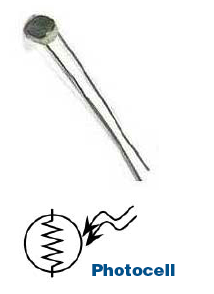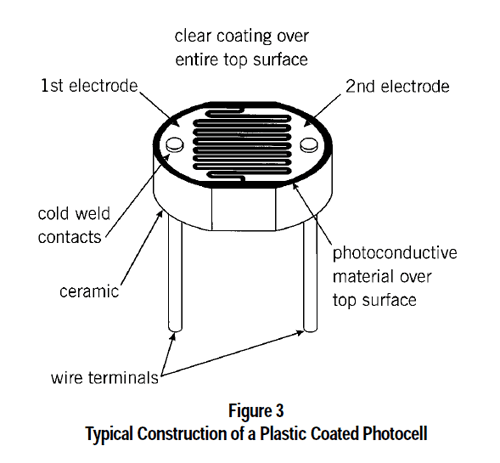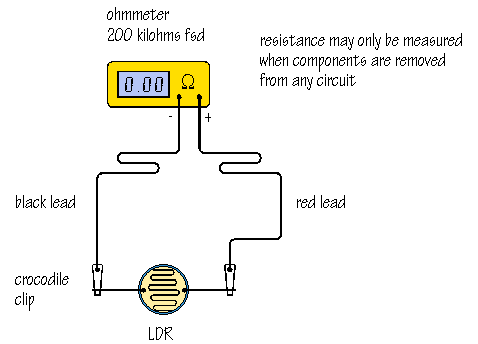Light Sensitive Circuits Workshop
Introduction
This workshop will provide an introduction to analog circuits that react to light. Students will learn to solder, read and create schematics, wire circuits, create 3D models, print 3D objects and document projects.By creating tangible models from digital designs, students and teachers collaborate in experiential, project-based learning with real-world applications. The process of designing, inventing, and fabricating exposes students to various career paths including manufacturing, industrial design, engineering, architecture and 3D graphics. Using a MakerBot engages students in the world around them, kindles a curiosity about how machines work, how objects fit together, and how the designers, architects, and inventors who build the products, spaces and technology in their lives have found solutions to a variety of design problems. Makerbotting has the potential to transform the way we think about Science, Technology, Engineering and Mathematics (STEM) education, and to inspire more young people to pursue STEM careers.
What is Light?
Light is a name for a range of electromagnetic radiation that can be detected by the eye.Electromagnetic radiation can be either described as waves or as particles. If you think of the radiation as a wave, the amplitude is the brightness and the the wavelength is responsible for the color. The angle at which it vibrates, is the polarization. According to the quantum theory electromagnetic radiation is particle based. These particles, or photons, are packets of energy which move at the speed of light. According to this theory of light, the brightness of the light is the number of photons, the color of the light is the energy contained in each photon, and four numbers (X, Y, Z and T) are the polarization.
 Image from library.thinkquest.org/27356/p_index.htm
Image from library.thinkquest.org/27356/p_index.htm
The electromagnetic spectrum describes electromagnetic radiation of all wavelengths, and includes radio waves, microwaves, infrared, visible light, ultraviolet, x rays, gamma rays.
The different wavelengths and energies of electromagnetic radiation allow the types of radiation to have different effects on matter. Radio waves, for example, have such a long wave length and low energy that you cannot visually detect them or even feel them and they pass through our bodies. To capture and amplify radio waves, you need a metal antenna with special electronics. Infrared radiation is of wavelengths that are easily absorbed by matter and turned into heat, and x-rays pass through soft tissue but are stopped by bone.
What is an LDR
LDR stands for Light Dependent Resistor and is also known as a Cadmium Sulphide (CdS) cell, a photoresistor or a photocell. An LDR is made of a high resistance semiconductor. It is similar to a normal resistor with the exception that a normal resistor has a fixed value and the LDR's resistance is dependent on ambient light, the light that exists in the LDR's vicinity. So a photocell is a variable resistor, which produces a resistance proportional to the amount of light it senses. It is very hard to use an LDR to determine the exact amount of light in a given setting but these components are great for determining light in a broader sense, whether it is dark or light. There are two basic circuits that use LDRs:- circuits activated by darkness
- circuits activated by light


Image from Adafruit
To measure the resistance of an LDR you will need a multimeter:

Image from www.doctronics.co.uk
- Write down the resistance value you measure when the LDR is exposed to the room lights
- Cover the LDR with your hand so that it is in the dak. The resistance of the LDR will increase. Write down the new resistance value
- To create a voltage divider you would pick a fixed resistor in the middle of the the values you wrote down
Night Light Circuit
